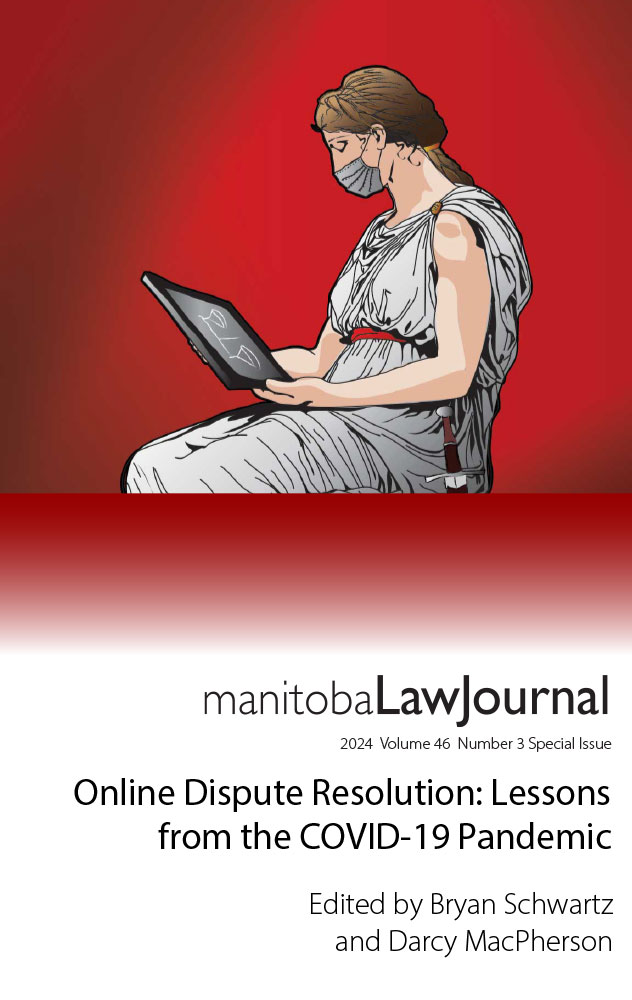Virtually Similar? Considering the Potential for Virtual Jury Trials in Canada During and After the Pandemic
DOI:
https://doi.org/10.29173/mlj1458Abstract
The World Health Organization declared COVID-19 as a global pandemic on March 11, 2020.1 Naturally, the health crisis resulted in a number of jurisdictions reacting to and adjusting their criminal justice processes in a fastidious manner; the US, UK, Brazil, China, India and Singapore, all, for example, embraced immediate technological adjustments. In Canada, though, at the outset, virtually all jurisdictions paused in the context of criminal jury trials. Of course, the Canadian reaction makes sense, given that jury proceedings are plagued by a number of technical complexities in addition to the normal course of administration of criminal justice.
Jury selection itself is an exceptionally long process that takes time and requires state officials to engage in assessments of logistics. Further, jury trials notoriously take longer to complete than trials without a jury, including numerous applications and voir dires that may well require juries to move in and out of courtrooms as part of the regular course of the trial. Much as is the case with regular trials, counsel and client will engage in close communications, and victims and families will want to attend. In more notorious cases, media will wish to be present and, in general, the “open court” ideals of the Canadian process would suggest that the process remain accessible and open to the public. Certainly, in a new world order of social distancing, quarantining, mask-wearing, disinfection, and infection pre-emption, criminal-jury processes serve as reminder of how personal, interactive and intimate these proceedings can be, and the initial Canadian response was a logical one.
Yet the longer the delays held, the more that justice officials and the judiciary would certainly worry about access-to-justice issues. Time-to-trial ceilings set in recent jurisprudence would certainly be troubled by a jury pause. Indeed, some scholars used the moment in time to raise issues about the necessity of jury trials at all, despite the codification of jury trials in the Charter.
To take a snapshot of the state of Canadian jury trials is a somewhat complex matter. Jury trials do not result in reported decisions, except to the extent that they are mirrored in sentencing decisions or appeals, and, on occasion, written voir dire rulings. Further, COVID has stalled access to court documents and transcripts ordered by researchers, such that any deep dive into the work of juries during COVID would be delayed by months and even perhaps as far as into the recovery phase of the pandemic. Further, ordering these transcripts would cost thousands of dollars of expenditure in court-mandated transcription fees, beyond what would be feasible in the service of an academic explication of the jury pause.
Fortunately, media and professional publications dutifully reported on the important events that occurred during the pause and subsequent slowdown of criminal jury trials, and when studied comprehensively, we can embark on the task of asking: What did the state of play of criminal jury work look like after the initial months of pandemic-induced lockdowns? In part, that is one of the questions we seek to answer in our analysis. The second question we seek to answer is: What challenges face jury work in a post-COVID justice landscape, one where the use of technology will likely lead to important questions about justice efficiency and the benefits of digital innovation in the criminal justice process?
Downloads
Published
Issue
Section
License
Copyright (c) 2024 Manitoba Law Journal

This work is licensed under a Creative Commons Attribution-NonCommercial-NoDerivatives 4.0 International License.




